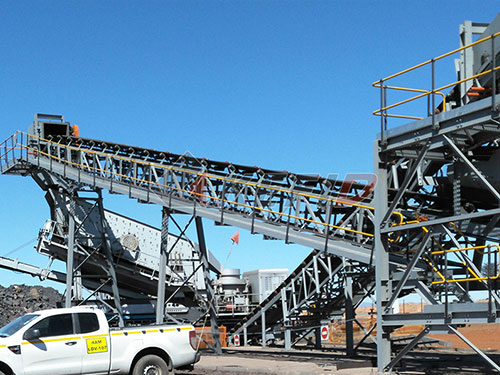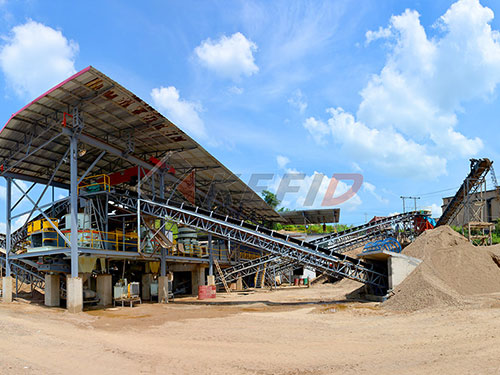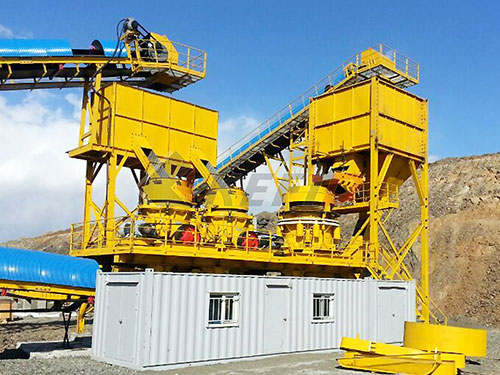The Unsung Hero: Unveiling the Critical Role of Cheek Plates in Jaw Crushers

Within the thunderous heart of a jaw crusher, where massive forces relentlessly reduce formidable rock to manageable aggregate, lies a component often overshadowed by its more prominent counterparts – the moving and fixed jaw dies. Yet, flanking these primary crushing surfaces stand the cheek plates, silent guardians playing an indispensable role in the crusher’s efficiency, longevity, and overall operational success. Far from being mere passive liners, cheek plates are sophisticated wear parts engineered for critical functions.
Defining the Cheek Plate: Position and Purpose
Cheek plates, also known as side liners or side plates, are robust wear-resistant plates bolted or otherwise secured to the interior side walls of the main frame (crusher body) of a jaw crusher. They are positioned parallel to the crushing chamber, running vertically along its length on both sides, directly adjacent to the moving and stationary jaw dies.
Their fundamental purpose is threefold:
1. Containment and Guidance: This is their primary function. Cheek plates form the lateral boundaries of the crushing chamber. They prevent feed material from spilling out sideways during the intense compression cycle when the moving jaw exerts tremendous force on the rock against the fixed jaw. Simultaneously, they guide larger feed material downwards into the crushing zone as it moves through the chamber.
2. Wear Protection: By acting as sacrificial liners, cheek plates shield the main frame’s structural side walls from direct contact with abrasive rock particles and severe impact forces generated during crushing. Protecting these vital structural components is crucial for maintaining frame integrity and preventing catastrophic failure.
3. Crushing Zone Definition: The profile and condition of cheek plates influence how material flows through and interacts within the crushing chamber alongside the jaw dies. They contribute indirectly to achieving optimal nip angle conditions throughout the stroke.
Beyond Containment: The Nuanced Functions

While containment is paramount, cheek plates contribute significantly to overall crusher performance in less obvious ways:
Material Flow Optimization: The inner surface profile of modern cheek plates is rarely perfectly flat. Often designed with strategically placed ridges or waves (sometimes called “ripples”), they interact with material flow patterns:
Preventing Packing: Specific profiles can help prevent smaller particles from packing tightly against smooth surfaces or becoming trapped inefficiently.
Promoting Downward Movement: Wave patterns can encourage material to tumble downwards more effectively towards the discharge

Leave a Reply